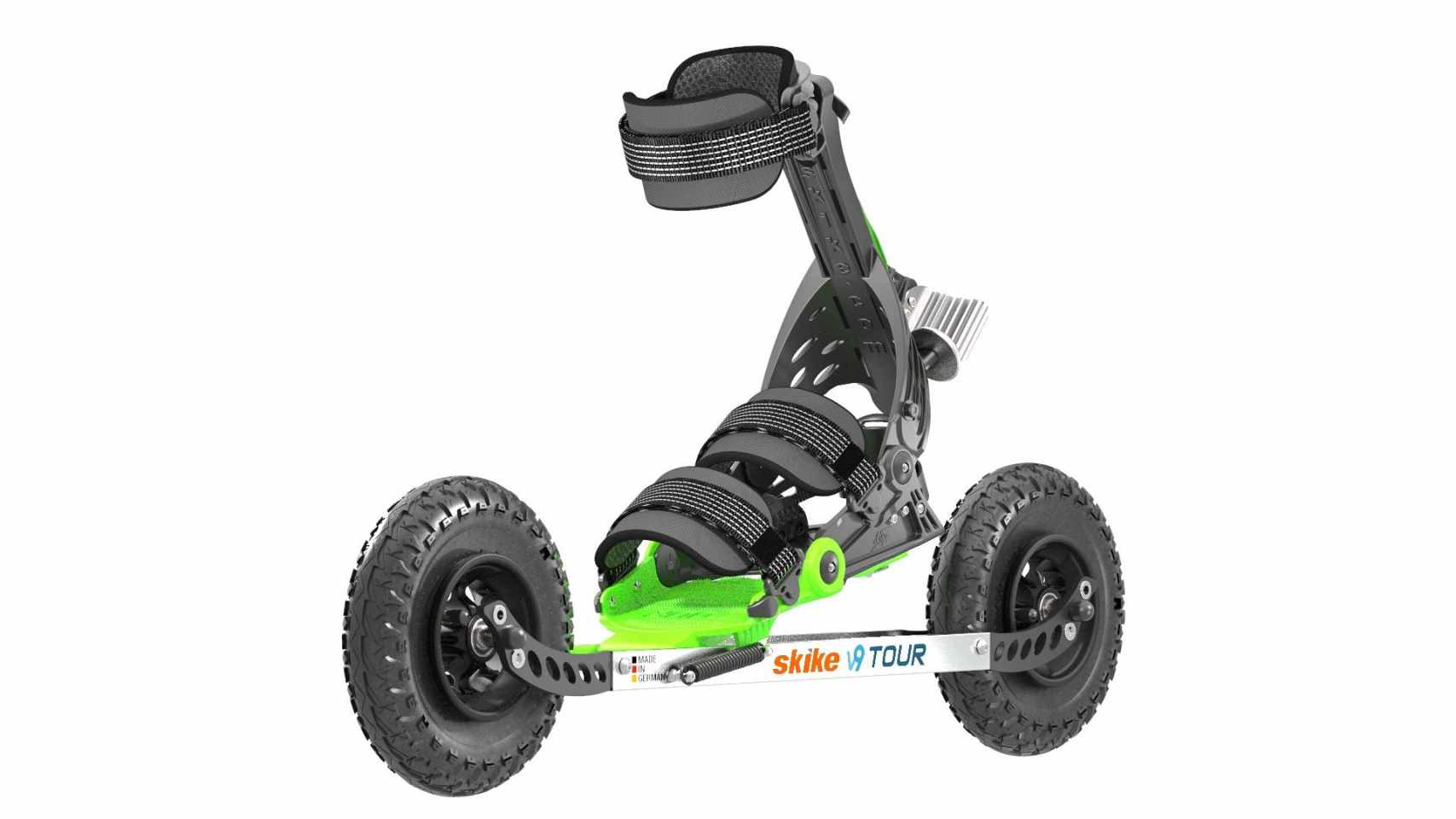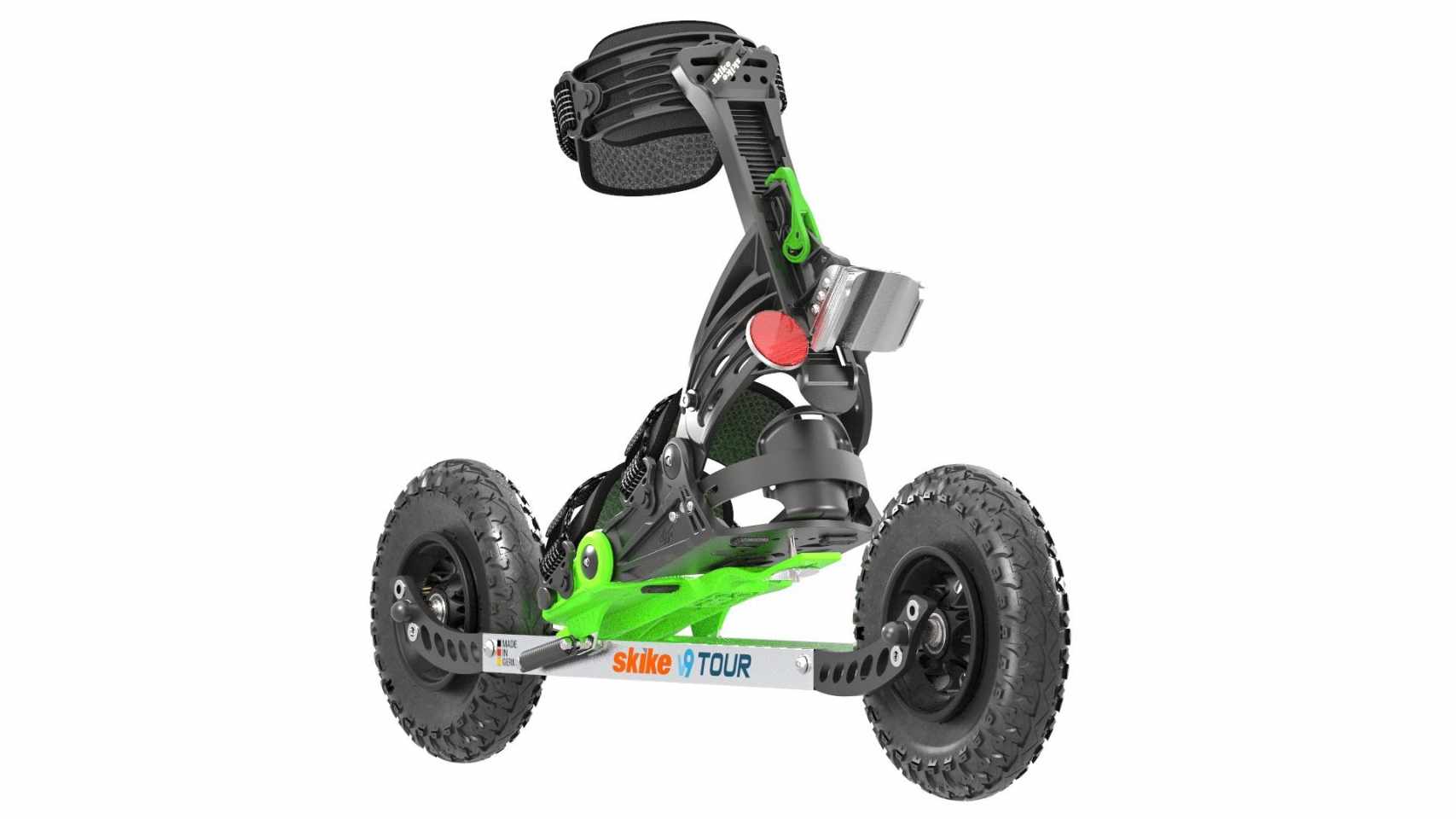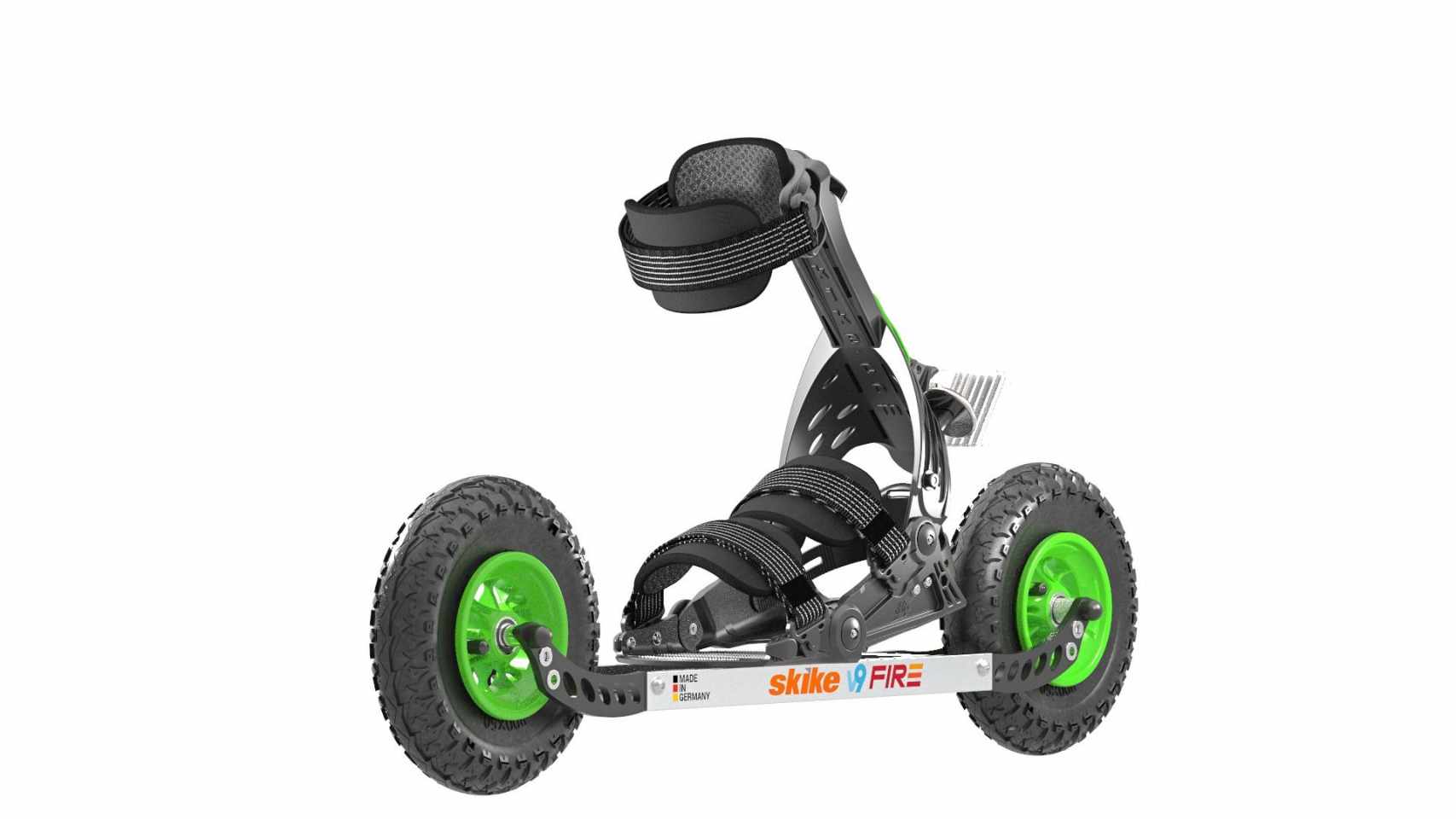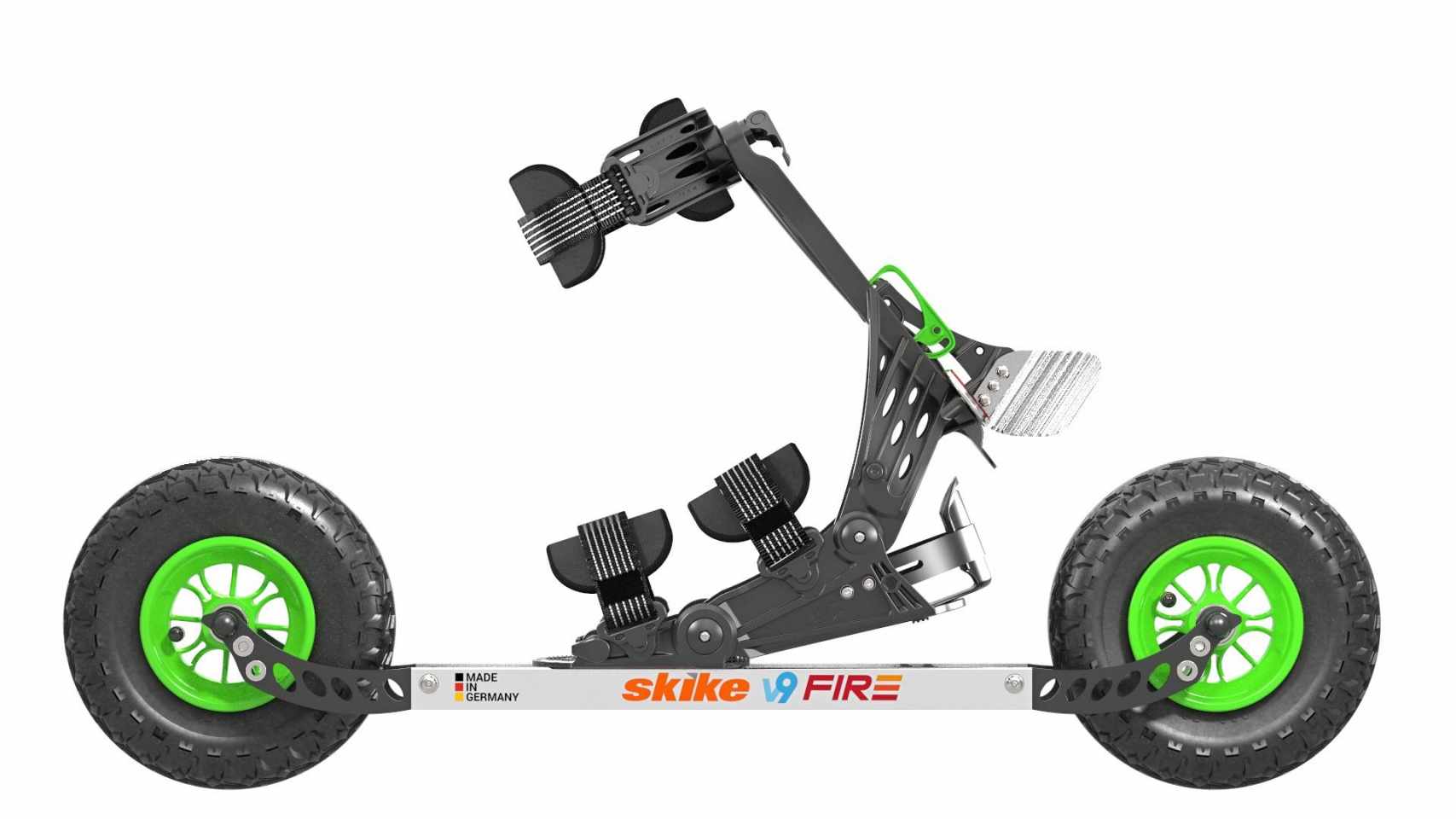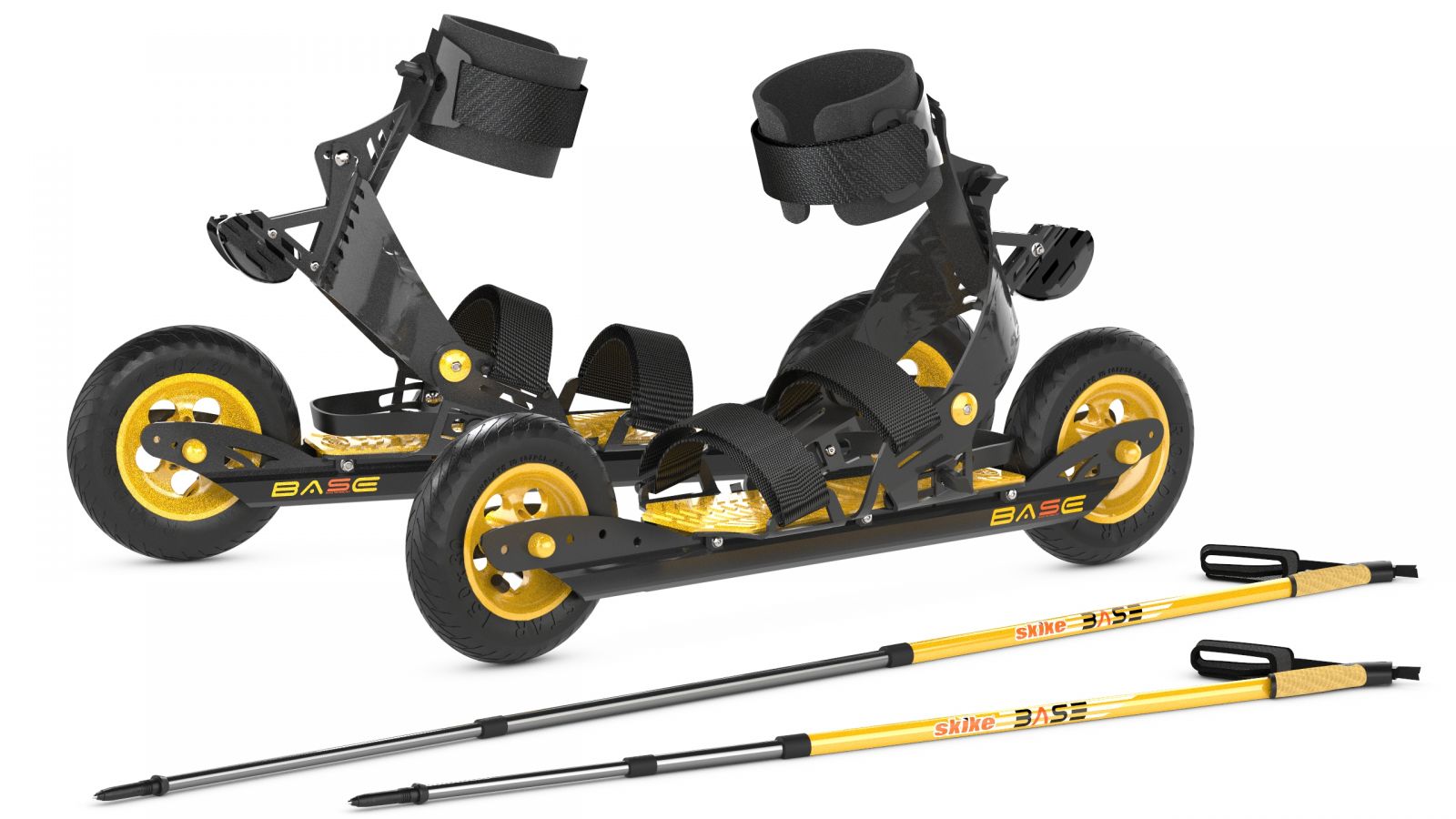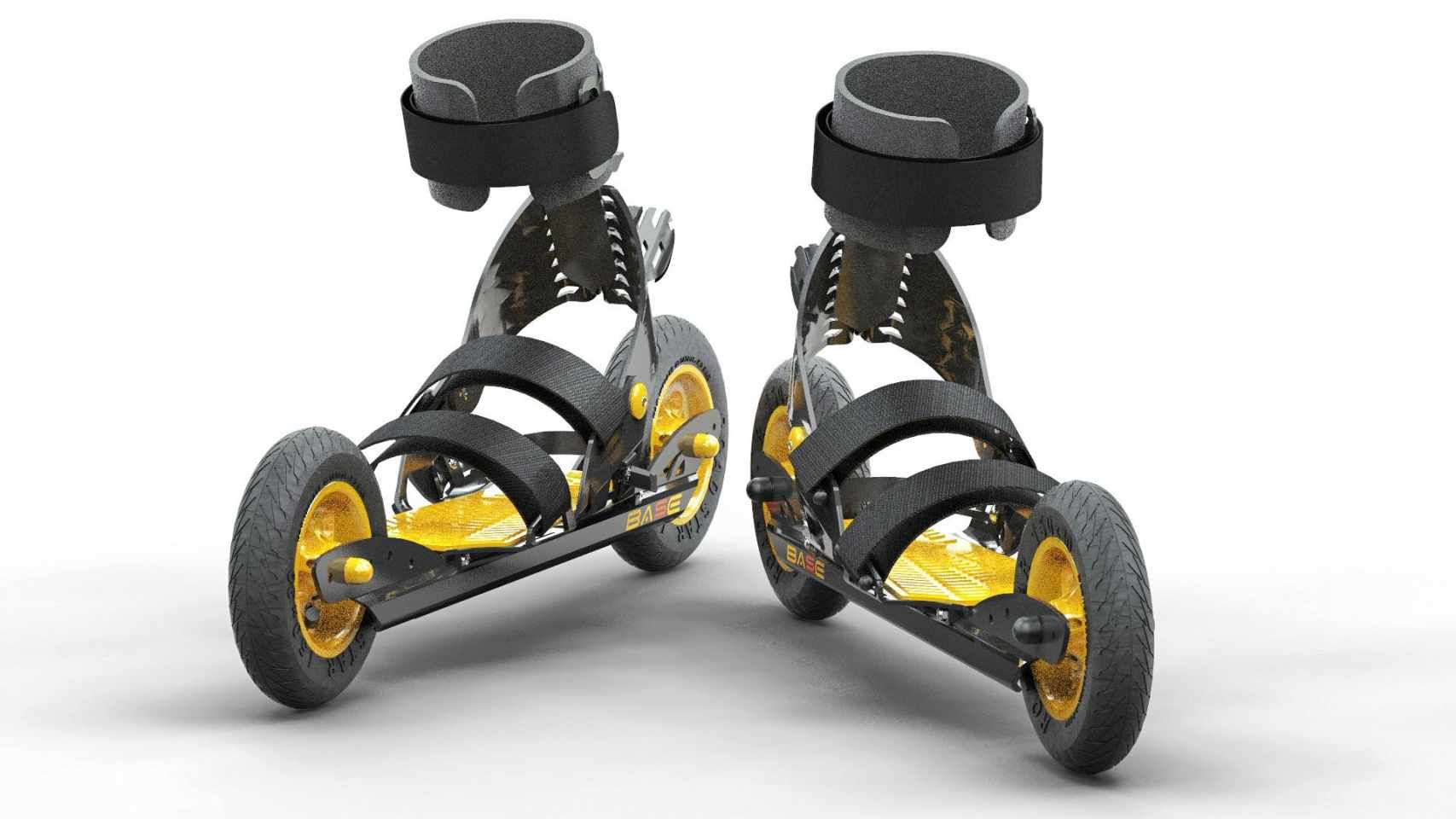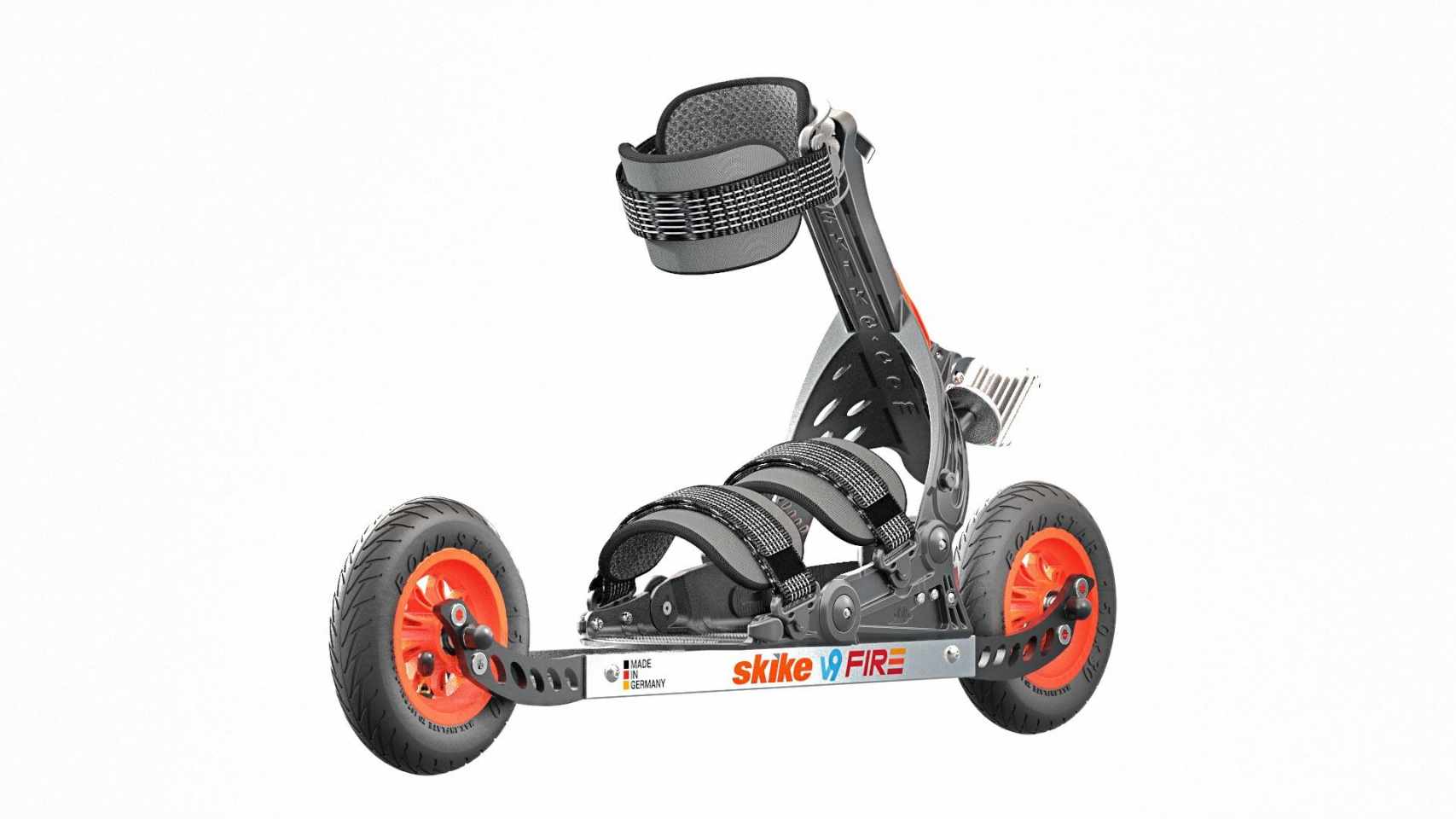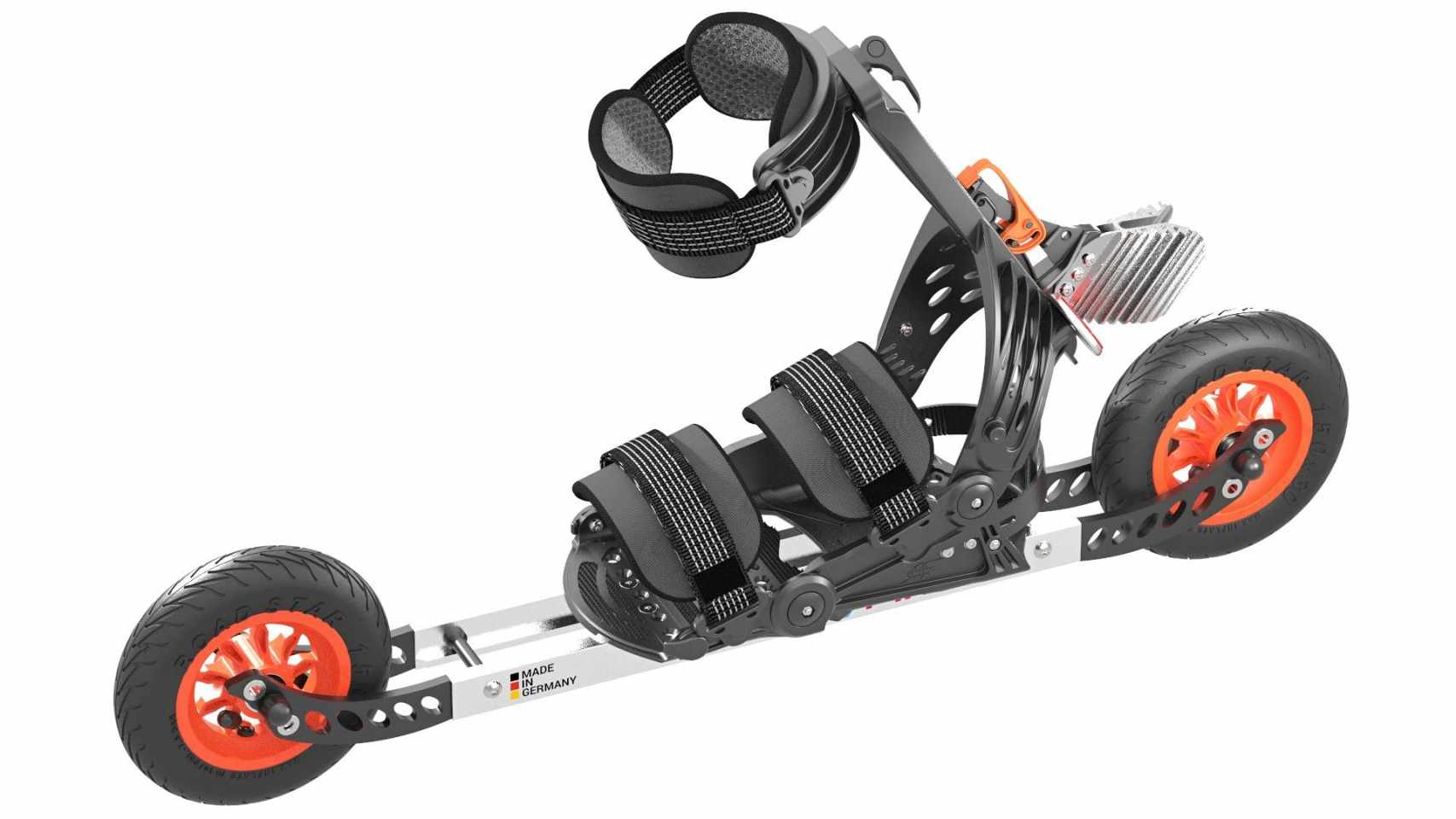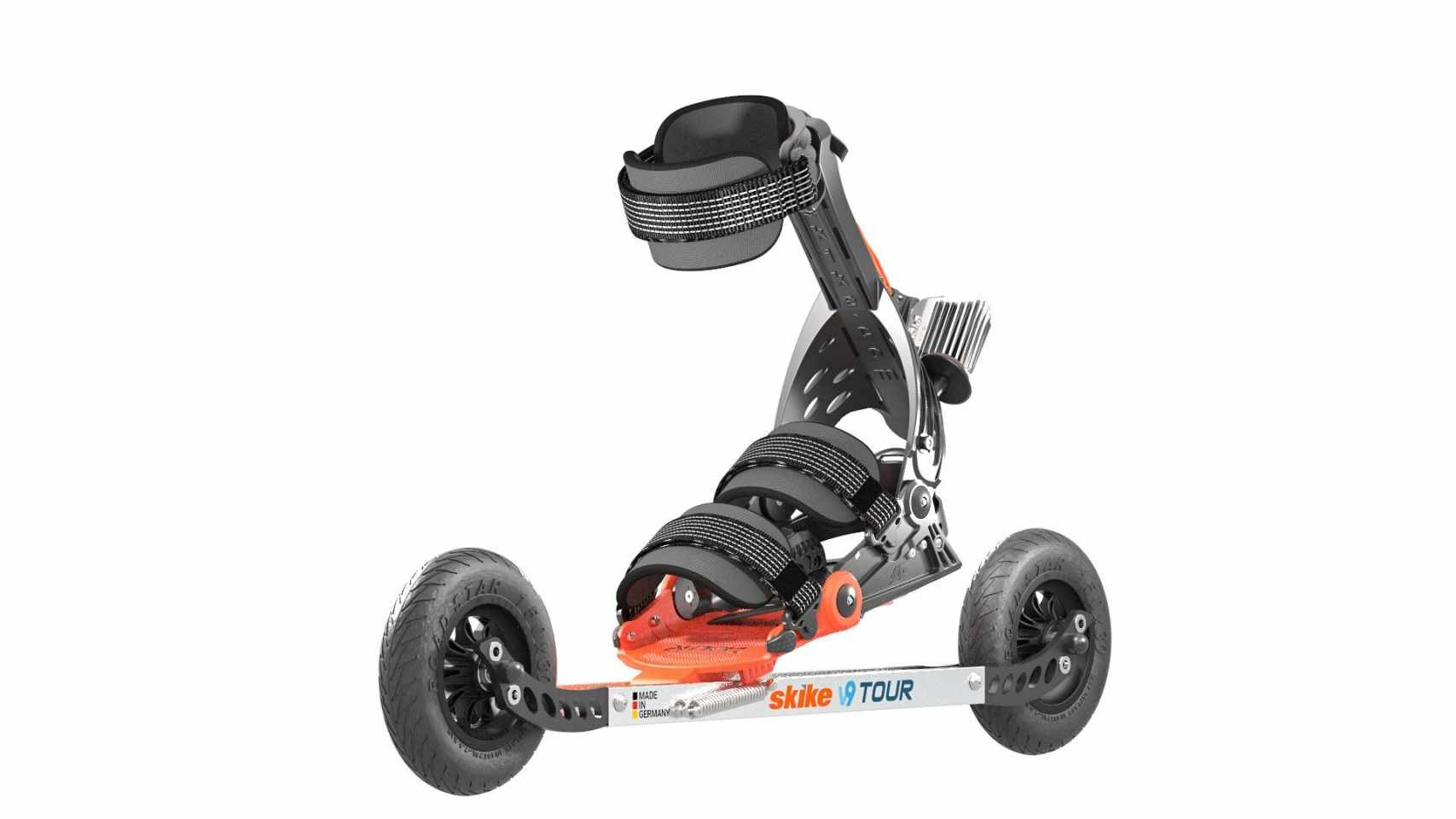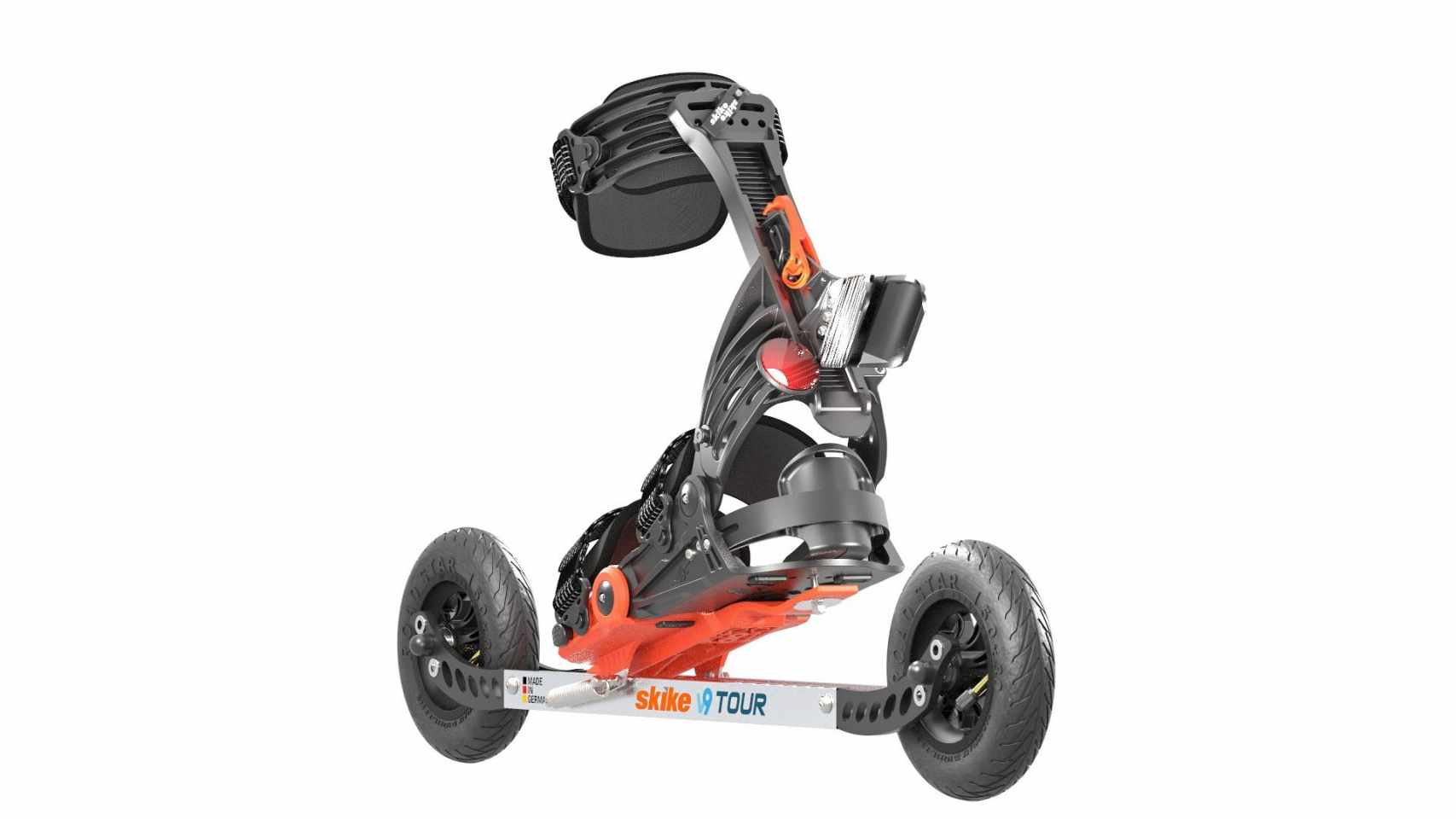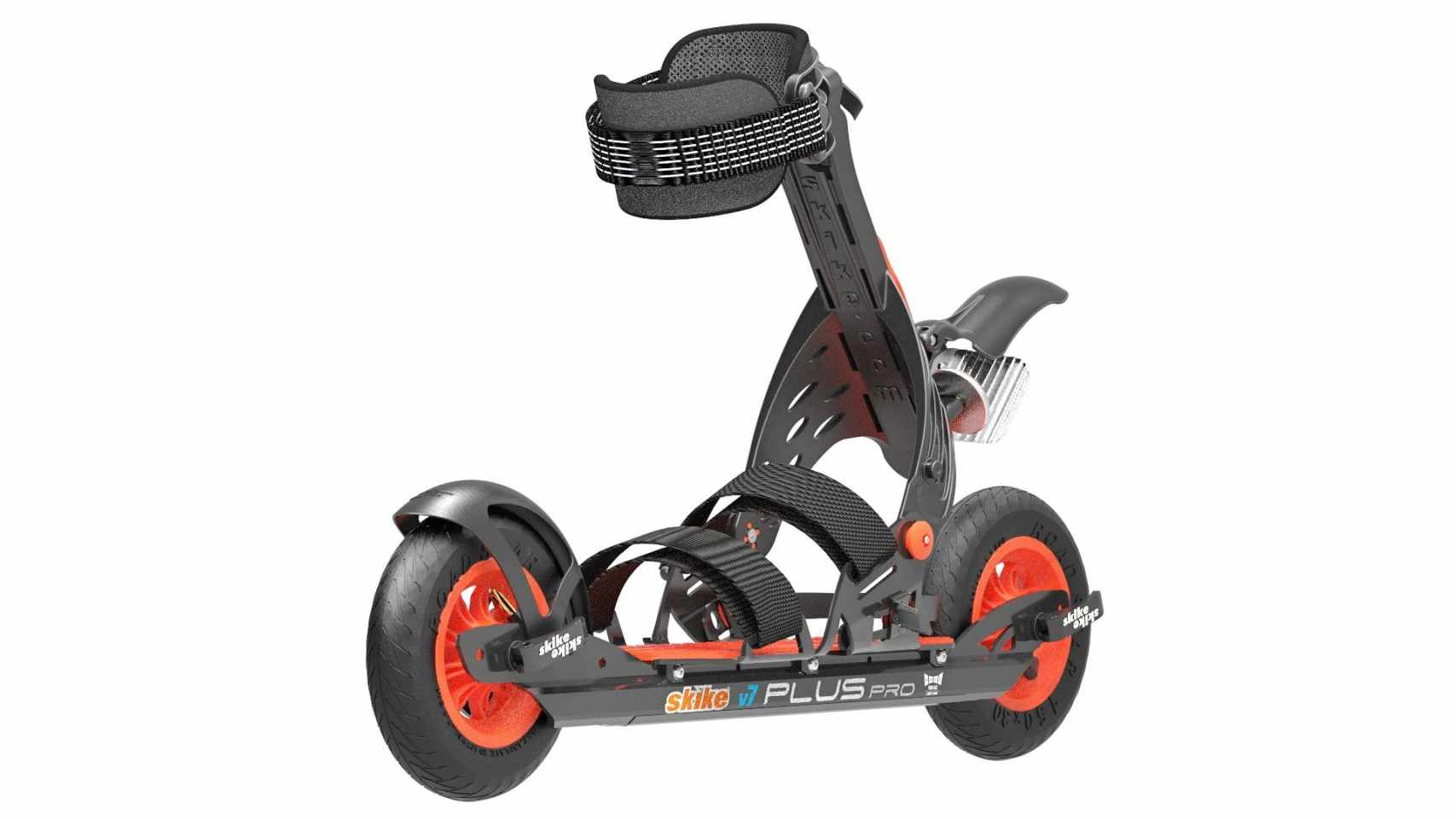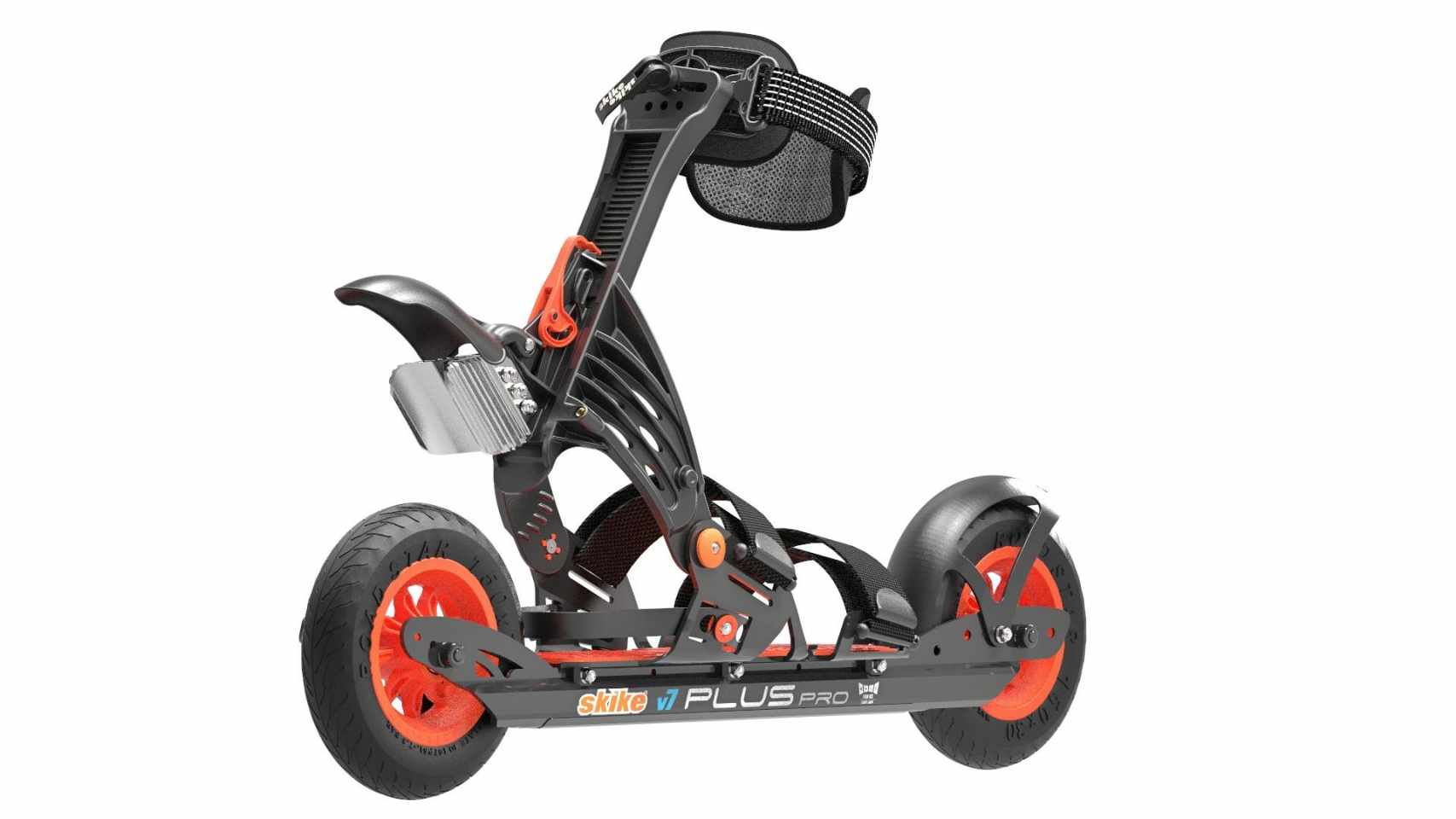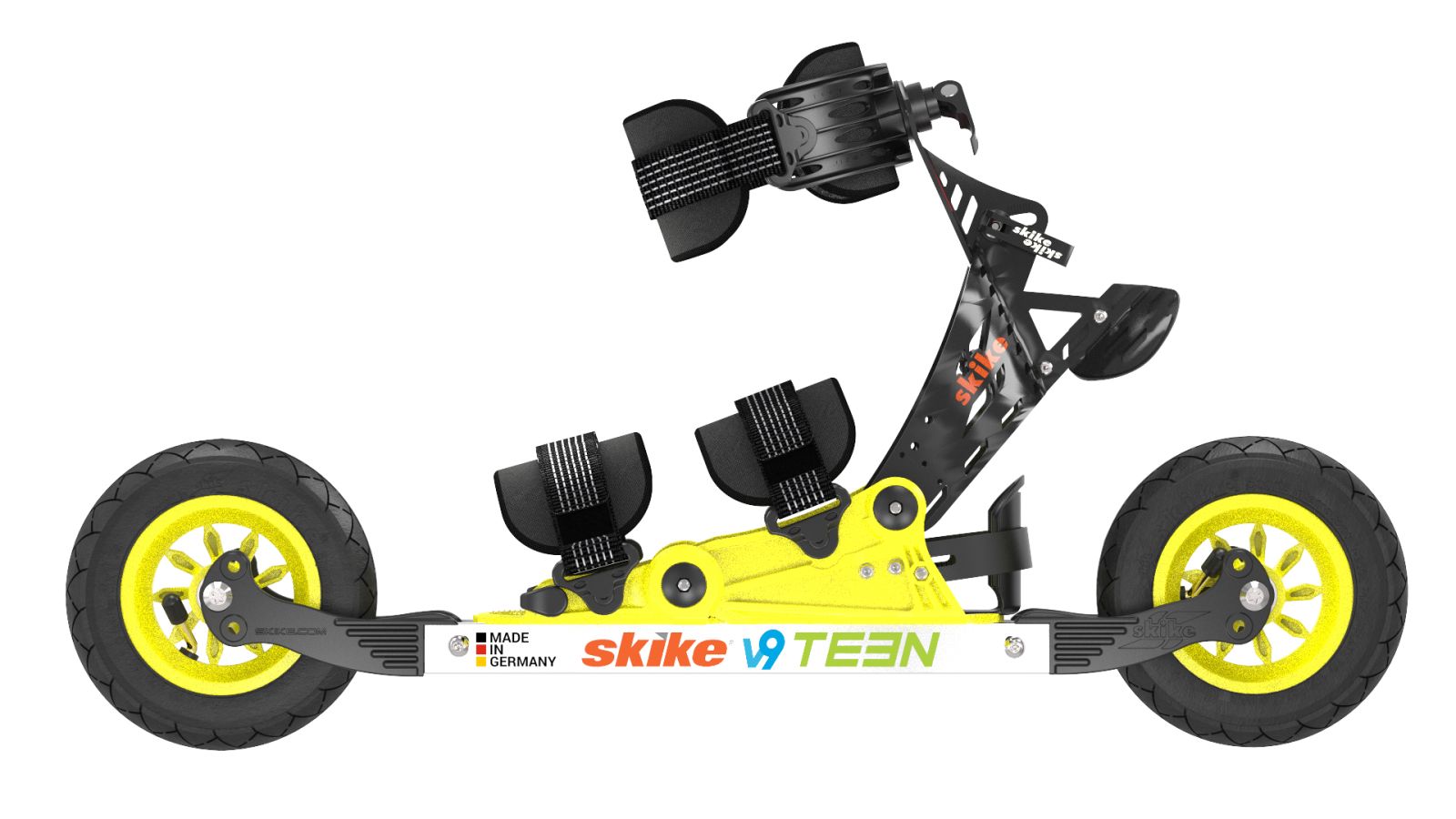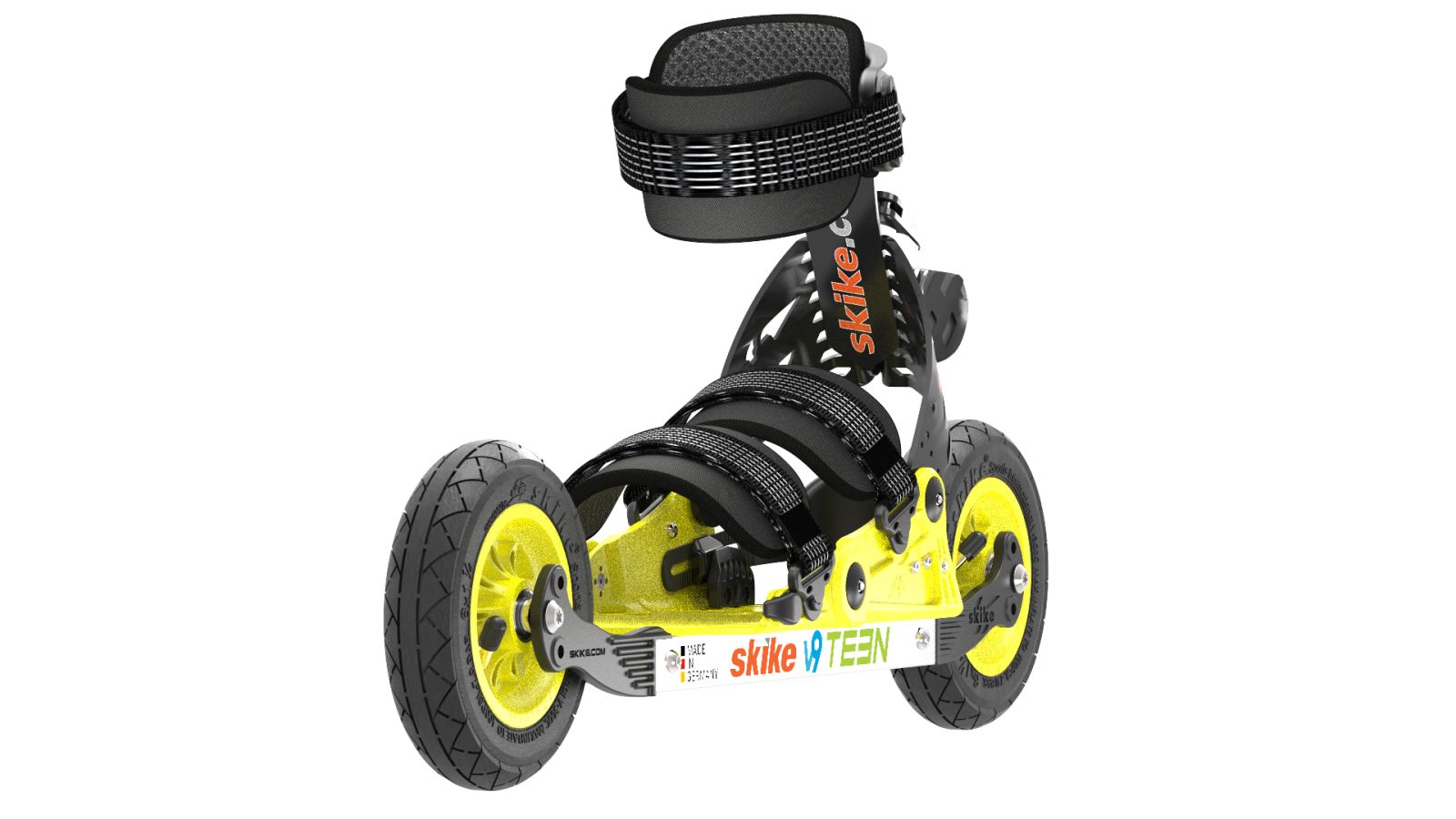Cross skating combines the joy of skating and xc-skiing with a outdoor summer adventure, offering a full-body workout and a unique way to explore various terrains.
For those ready to embark on this journey, understanding the basics—from choosing the right terrain to mastering braking and effectively using poles—is key to a rewarding experience. While the idea of learning to skate on varied terrains might seem daunting at first, you'll find it quite manageable by following the right steps. Here's a beginner's guide, incorporating the first steps to help you start your cross skating adventure with confidence.
Safety First: Gear Up for Protection

Before you start, we advise wearing protective gear, especially when moving onto harder and more complex terrains. While it's not mandatory, we suggest the minimum of a helmet and potentially also knee pads, elbow pads, and wrist guards depending on your level of confidence.
This gear can greatly reduce the risk of injuries and increase your confidence as you learn the basics of cross skating. Safety is paramount, and being properly equipped can make your learning process both safer and more enjoyable.
Choosing the Right Terrain: Balancing with Comfort

The initial challenge for many beginners is finding balance on the wheels. Starting on soft surfaces like grass can significantly enhance comfort and prevent injuries when getting started. Soft terrains act as a safety net, absorbing falls and providing a forgiving platform to practice balancing and movement. This approach not only minimizes the risk of injury but also builds the learner's confidence, making the transition to harder surfaces smoother and more enjoyable. We suggest attempting both some simple skating and double poling on grass.
Mastering the Brake: A Gradual Learning Curve
Braking is a vital skill in cross skating, critical for controlling speed and ensuring safety on various terrains. The braking mechanism works by applying pressure to the wheel as the skater straightens their legs, allowing for a controlled deceleration. For beginners, adjusting the brake to be more reactive can offer additional security, making it easier to stop or slow down with less effort. As you become more comfortable and proficient, adjusting the brake to match your level of comfort and capabilities will provide a more customized skating experience, enhancing both safety and enjoyment. A brake can be made more reactive by dragging it down and less reactive when dragging it up, initially we suggest adjusting the brakes to work just before your legs are straightened.
Integrating Poles: Enhancing Technique and Performance
Poles are indispensable in cross skating, serving as tools to improve technique and increase workout intensity. Here’s a closer look at some ways to us your poles:
-
Double Pole Technique: This beginner-friendly technique involves keeping the cross skates parallel and using only the poles to propel forward. It's an excellent way to practice balancing and build upper body strength without worrying about coordinating leg movements.
-
1:2 Technique: As you gain confidence, the 1:2 technique introduces a more dynamic movement, mimicking an inline-skating motion with the feet while using the poles for additional propulsion. This technique helps maintain or even increase the speed and momentum generated by your legs, offering a balanced workout. The 1:2 refers to pushing off with your poles every second time you push off with your leg.
-
1:1 Technique: A more challenging technique to master, the 1:1 approach requires synchronizing every leg push with a pole push. This technique demands high coordination, endurance, and strength, enabling skaters to achieve very high speeds. It is a demanding form of cross skating, offering an intense, full-body workout.
Finding Guidance: Accelerating Your Progress

Embarking on your cross skating journey with guidance from experienced trainers can significantly enhance your learning experience. Trainers can provide personalized feedback, help you perfect your technique, and ensure you progress safely and efficiently. Our store locator can connect you with local cross skating trainers, offering access to tailored advice and support as you develop your skills. With their expertise, you’ll discover the best trails, refine your technique, and make the most out of your cross skating adventures.
Many Trainers offer a variety of courses to get you started with Cross Skates, from Starter Courses that teach you the basics of getting comfortable with your Cross Skates up to Trainer Courses that help you become a trainer yourself.
Store Locator
Conclusion

Starting your cross skating journey with a focus on learning to balance and skate on softer terrains, getting familiar with the braking mechanism, and gradually incorporating poles with an understanding of different techniques, sets the foundation for a successful and enjoyable experience. Seeking guidance from experienced trainers can further enhance your skills and confidence, ensuring a smooth transition from a beginner to an adept cross skater. Embrace each step of the learning process, and remember, the path to mastery is as rewarding as the destinations you’ll explore.
Happy skating!


